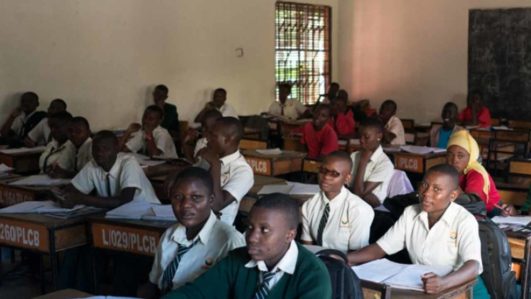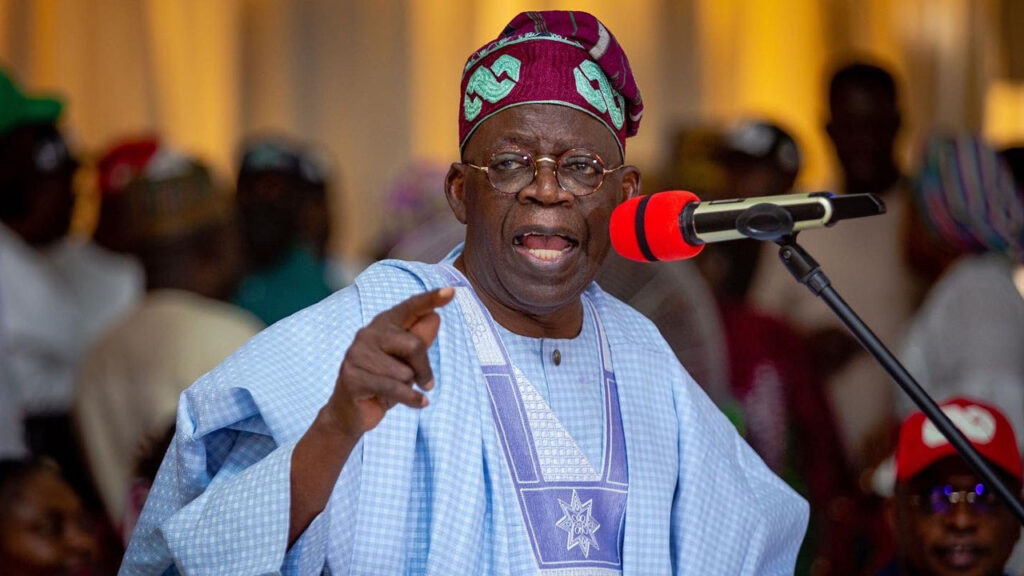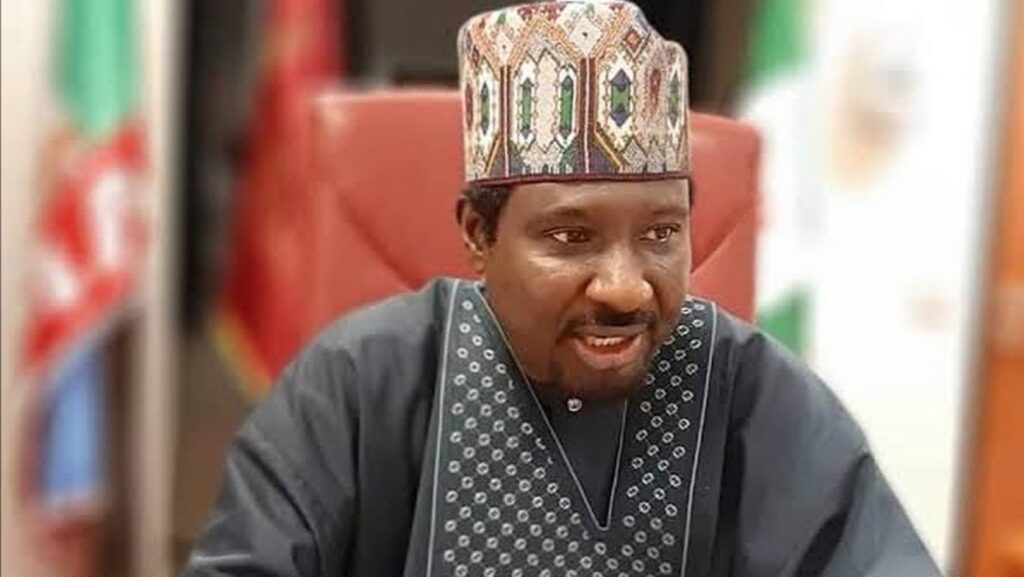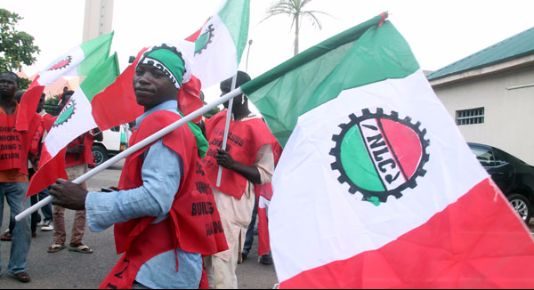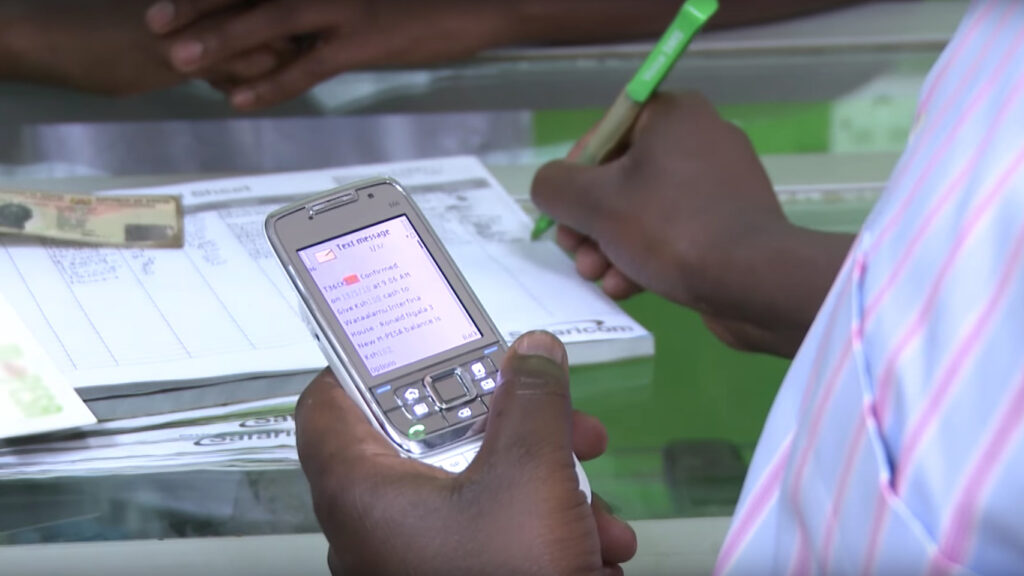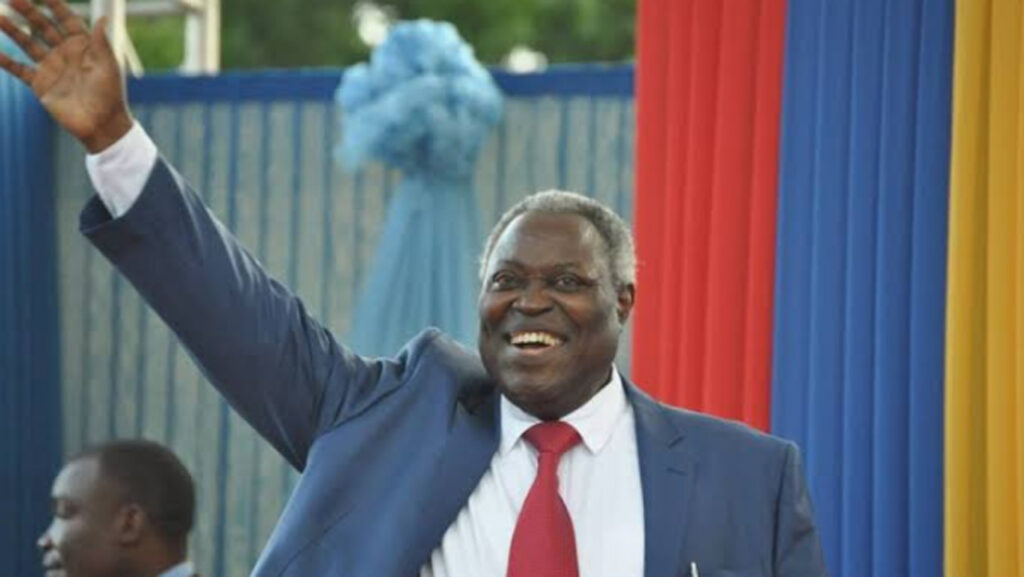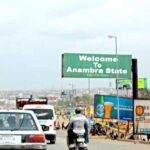
History is a process on the frontiers of human endeavors and no society, no matter how timid or on the fast lane of development like Anambra state, is an exception or isolated. This is Anambra state case, and as history swings in a constellation driven by a rational purpose, a logical analysis and raproachment of varying indications of true greatness becomes imperative.
Solution to this rapprochement lies in the virtuosity of methodological analysis or reconciliation of X scoring the lowest in out- of-school children (CableIndex, 2024) and sixth among the most educated state in Nigeria(National Bureau of Statistics, 2023). Skepticism on truth and falsehood of a statistical, quantitative and qualitative analytic results in one saying X scored first in lowest out of school children, 2.9 per cent and the same X coming 6th among the 10 most educated states in Nigeria projected an obvious question or inconsistency and or a swath of contradictions that render the two results invalid. This begs question and a worrisome logic, as it were.
The universes of ‘out of school children’ and ‘the most educated states in Nigeria’ cannot be exclusive but logically concurrent and intercepted to yield a consistent result because Anambra state cannot be lowest in out of school children and the 6th among the most educated states in Nigeria at the same time on one necessary and sufficient condition.
The yawning gap in the truth or falsehood of NBS statistics is begging question. In questioning the sixth position, let’s investigate it’s Logic and epistemic validity on the strength of scoring 2.9 per cent, the best in the percentage of out of school children in Nigeria. We take a critical look from the first (1st) to the sixth (6th) most educated state which is Anambra state. From the 6th position of Anambra state to the first position which is Imo’s here are their scores and their corresponding scores relative to out of school children (CI); Imo, NBS-96.43 per cent, CI-5.1; Lagos, NBS-96.30 per cent CI-6.4; Ekiti, NBS-95.79 per cent CI-5.1; Rivers,NBS-95.76 per cent,CI-7.7; Abia, NBS-94.24 per cent,CI-5.6; Anambra, NBS-92.11 per cent, CI, 2.9 per cent.
According to Nigerian National Bureau of Statistics, the most educated state in Nigeria (Literacy Rate) is the percentage of the population in each state that can at least read and write. For CableIndex the percentage of out of school children would mean the population of those not schools.
Although, far from imaginable hoax, the sixth position given to Anambra State as the sixth most educated state in Nigeria may not be a valid conclusion in the light of the conclusion by CableIndex that Anambra state has the highest number of children at schools thus: Anambra(100 per cent~2.9 per cent=97.1 per cent),Imo(100%~5.6 per cent=94.9). From this calculation an independent conclusion would be that Anambra state is the most educated state in Nigeria and not Imo. Another conclusion emerges when you add NBS scorings to the percentages of children at schools Y (100 per cent~CI), hence. Anambra would move to 4th position behind Lagos, Ekiti and Imo, thus: Anambra, (NBS)92.11+(Y)97.1=189.21; Lagos,(NBS)96.30+ (Y)93.6=189.90; Ekiti,(NBS(95.79))+(Y)94.9=190.6; and Imo, n(NBS)96.43+(Y)94.9=191.33.
In this independent weighting the conclusion alters with not only Anambra moving up to 4th and Ekiti now 2nd but also Lagos sliding to the 3rd most educated in Nigeria. There are now incredibly two new beliefs In addition to the ranking by NBS. Even when all could be justified truth beliefs which one is the truth? Note that a justified true belief may not be true or reality, hence truth here may be elusive. Anambra is 6th in one projection, 1st in one and 4th in another. Which one is true in all possible worlds and in the sense of scientific objectivity or subjective objectivity that is commonsensical, justifiably realism and determined by the number of children at schools, simpliciter.
You may ask, why would the number of children aged between six and 16 be added. If not, why not? They should not be discountenanced by NBS because they are human beings already being educated. Arguable, as it were, the percentages of that age in school and out of school are significant numbers, effecting the educated population. Arguably too, when they are roaming the streets they are stupid, beggars and uneducated urchins. But, when they are into the corridors of schools they are under the incubation of education qualifying them to be educated.
This can hardly be falsified. Yet, by some synthetic considerations whatever were the assumption of NBS above is altered to move Anambra to 4th position with Lagos sliding to 3rd and Ekiti 2nd. This is an evidence that indices about out of school children and the most educated state in Nigeria for now are temporal assumptions inching close to truth whereby Anambra state is the 4th or the 1st most educated state in Nigeria.
So, with a more certain arithmetic, mathematics and Logic why wouldn’t Anambra state, in addition to having lowest out of school children, be also the most educated state in Nigeria? Researchers could join the Essence Library to proffer better results.
The bedrock of the new Anambra state with towers of education highlighted in competitive indexes is the result of education reforms in the recruitments of teachers, production of creative environment, building new schools, rehabilitation of dilapidated ones, distributions of learning and teaching materials including supportive innovative digital softwares and specter technologies.
There is no more specter of indulgences and meddling into the teaching profession. It is a revolution that is backed by Soludo’s quotable statements thus: When I look at the faces of the poor kids in public schools, I feel haunted, I feel they are telling me unspoken words that their future is in my hands and I shouldn’t let them perish…The difference between the children of the poor and rich is opportunity. If the children of the poor are given an opportunity, they are likely to do better than the children of the rich.”(Soludo,2023); “We cannot build liveable and prosperous homeland if we continue the vicious cycle where children of the poor go to schools with poor infrastructure and end up poorer while children of the rich go to better equipped schools and end up richer,” Soludo (2023) and so on.
Through teachers’ capacity building and pupils-centered leaning process, the state has achieved the Universal basic education (UBE) and Sustainable Development Goals (SDG) indications by reducing the out of schools children in the state with increased high standard of education in public schools.
Anambra state under Professor Charles Soludo is arguably the most educated state in Nigeria going by the fruits of educational reforms on ground through the establishment of Public-Community-Private Partnerships (PCPP) empowered to actively participate in public school management within the ambits of the reforms.
The reforms are aimed at leveling the educational playing field and ensuring that every child has equal access to learning resources by providing a platform for evaluation, overseeing and monitoring teachers’ proficiency and efficiency in teaching, commitment to work and currency in modern teaching techniques.
This is a state with increased equal opportunity, affordability, inclusivity and accessibility for education not only for the rich but also for the poor.
Prof. Dukor is the President/Editor-in-Chief of Essence Library (Cultural and Scientific Development Centre) Department of Philosophy, UNIZIK.

